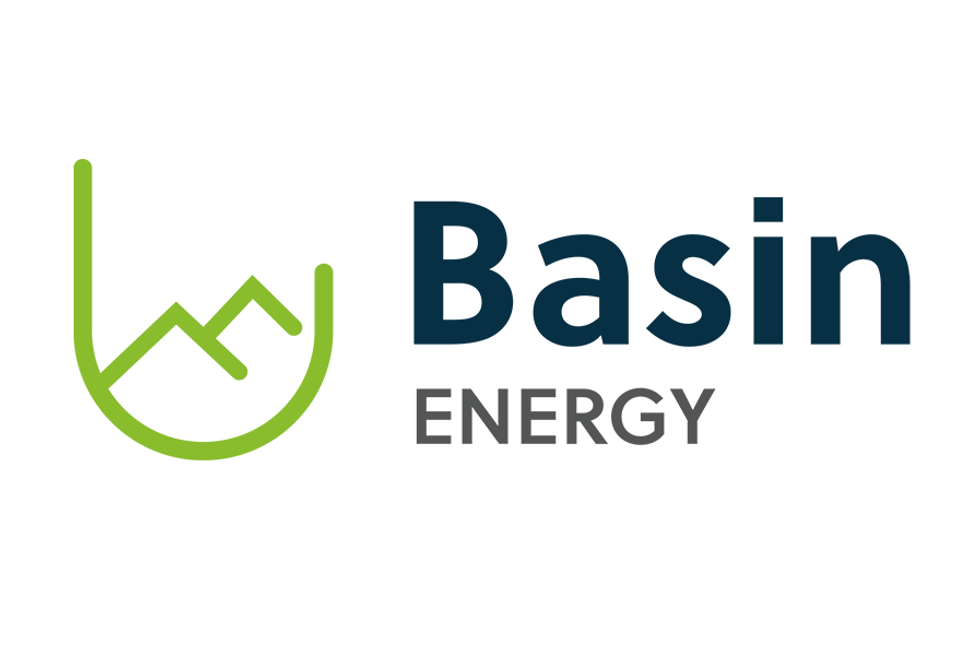Delays at Olympic Dam and Kintyre Signal Coming Uranium Supply Deficit
BHP Billiton and Cameco recently announced delays to large-scale uranium projects; the uranium market is likely to see a higher prices and a supply deficit as a result.
Over the past year, the post-Fukushima global uranium market has struggled to regain the 2010 optimism that sent spot prices surging to $67.50/lb. A “wait-and-see” attitude on the part of both end users and investors has further hobbled the market and over the past few months has led most analysts to call for near- to medium-term uncertainty for spot and share prices alike.
The Global X Uranium ETF (ARCA:URA), the go-to ETF for the uranium mining sector, is down more than 30 percent over the last six months. Yellowcake spot prices remain bound to the $50 to $53 per pound range as nuclear-energy-dependent countries all over the world announced plans to either put new plant construction on hold, idle reactors for inspection, or dismantle their nuclear power industries altogether.
However, more than a year of finger crossing and breath holding on the part of market watchers may be about to pay off.
Over the weekend, Sarah Martin, The Australian’s political reporter for South Australia, claimed she had documents showing that mining giant BHP Billiton (NYSE:BHP,ASX:BHP,LSE:BLT) informed consultants that it will be delaying by two years a decision to proceed with the AU$30 billion proposed expansion of the Olympic Dam mine — which has been touted “by federal and state Labor governments as key to South Australia’s economic future.”
That stunning news followed on the heels of another weekend report from Cameco (TSX:CCO;NYSE:CCJ). The world’s third-largest uranium producer announced during a conference call on Friday that the company will be putting the Kintyre project in the Great Sandy desert on ice, citing “challenging” economics at current uranium prices.
Clouds of Fukushima receding
While the uranium market’s future may be uncertain at least in the near- to medium-term, most industry insiders are now betting on a much more inspiring long-term outlook.
The outlook for the global uranium industry became a bit brighter last month as Fukushima’s dark cloud began to recede. Japanese Prime Minister Yoshihiko Noda gave the official nod to restart two 1,127 MWe pressurized water reactors at the Ohi plant in Fukui prefecture, the first commercial reactors to recommence operations since the March 2011 earthquake and tsunami. Also in June, the results of a Japanese gubernatorial race placed a pro-nuclear governor in power by a large margin, which, as the Paragon Report points out, highlights “that despite facing major national opposition to nuclear energy, rural prefectures in Japan are dependent on nuclear reactors for jobs and subsidies.”
Public approval of nuclear power is proving strong in other parts of the world as well, including Britain, where two recent surveys showed that British business leaders (84 percent) and the British public (63 percent) support nuclear power generation.
Globally, more than 60 nuclear reactors are currently under construction. “This,” Cameco said, “translates into an expected annual average growth rate of about 3% for global uranium consumption … at a time when supply is challenged: a number of new primary supply projects have been put on hold, and a major source of secondary supply — the Russian HEU commercial agreement — is coming to an end after 2013.”
In a recent JPMorgan Chase & Co. research publication, analyst Mark Busuttil said growth in Chinese uranium imports is expected to raise uranium prices as early as this year, reaching $85/lb within two years. “China will likely continue to import more uranium than its existing reactors require with the expectation of a significant roll-out of capacity,” said Busuttil.
Analysts at Raymond James are also betting on U3O8 spot prices rising later this year to reach as high as $75/lb once supply tightens in 2014 to 2016.
Unbalanced supply-demand equation favors higher prices
After this weekend’s announcements, analysts may revise their forecasts toward an even rosier picture as both the Olympic Dam mine and the Kintyre project were expected to put hundreds of millions of pounds of uranium supply into the market in the coming decade.
The expansion of BHP’s Olympic Dam was anticipated to yield 40.6 million pounds of U3O8 a year, or 17 percent of forecast global mine output in 2020. Cameco’s 70 percent-owned Kintyre project, heralded as one of the world’s biggest undeveloped uranium deposits, is expected to produce 40 million pounds of U3O8 over a seven-year mine life.
Delaying the Olympic Dam expansion by two years will remove more than one million pounds of annual uranium production from 2013 to 2014. More than 10 million pounds of uranium production from the second phase of the expansion will be pushed back to 2020, along with another nearly 22 million pounds from phase three not seeing production until 2027.
“As a result of the two year delay, we see a tight uranium supply and demand environment in 2013 with a modest surplus of nearly nine million lbs of U3O8,” said Rob Chang, metals and mining analyst at Versant Partners, in a note to clients. While Chang forecasts a strong supply for 2014 to 2018 — barring any delays or production slowdowns — as Cameco’s Cigar Lake and Areva’s Imouraren mine come on line, the analyst sees “a modest but shrinking surplus [in 2019-2021] that ultimately falls into deficit in 2022.”
The shelving of these two massive projects will no doubt have a significant impact on the uranium market’s supply-demand equation as well as on spot prices, making this summer a turning point for much of the market’s undervalued uranium stocks.
Securities Disclosure: I, Melissa Pistilli, hold no direct investment interest in any company mentioned in this article.






